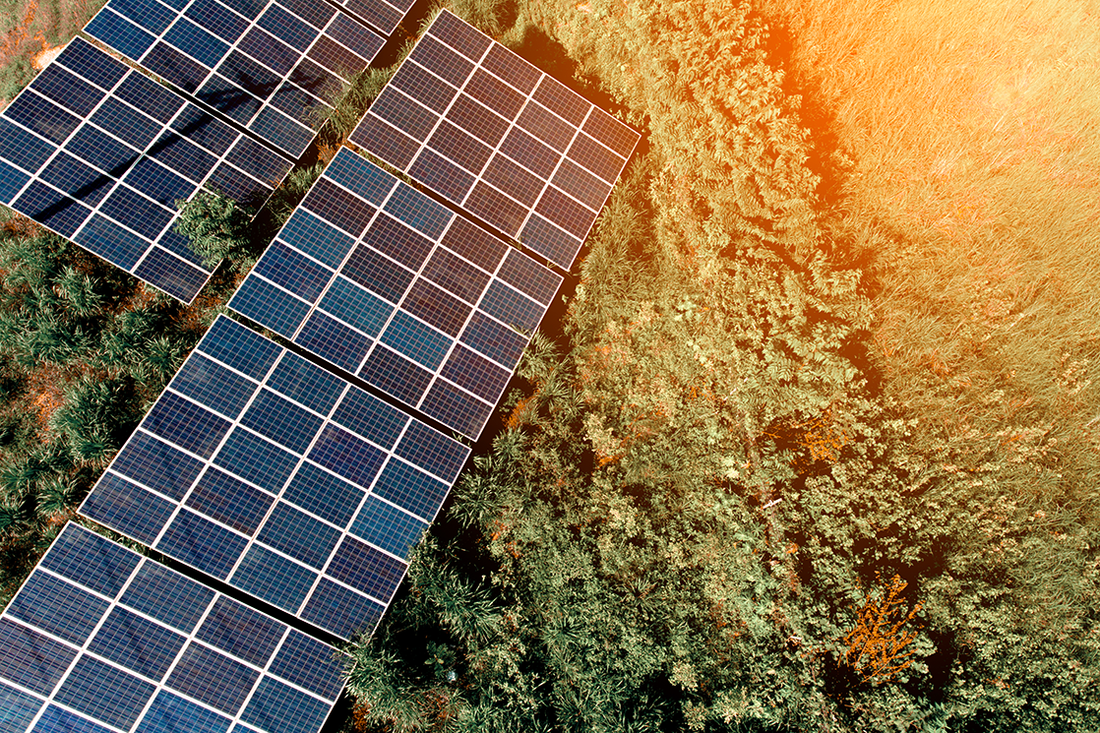
Enlightening Perspectives: Exploring the Advantages and Disadvantages of Solar Energy
Share
Solar energy has emerged as a leading contender in the quest for clean, renewable power sources. Its popularity stems from a range of benefits, yet it's not without its drawbacks. Let's delve into both the advantages and disadvantages of solar energy:
Advantages of Solar Energy:
- Renewable and Sustainable:Solar energy is derived from sunlight, an abundant and inexhaustible resource. Unlike finite fossil fuels, sunlight is expected to last for billions of years, making solar power a sustainable energy solution for the long term.
- Environmentally Friendly:Solar energy production generates minimal greenhouse gas emissions, helping to mitigate climate change and reduce air pollution. By harnessing the sun's energy, we can decrease our reliance on fossil fuels and decrease our carbon footprint.
- Energy Independence:Solar power allows individuals, businesses, and communities to generate their own electricity, reducing dependence on centralized power grids and foreign energy sources. This enhances energy security and resilience, particularly in remote or off-grid areas.
- Low Operating Costs:Once installed, solar panels require minimal maintenance and have no fuel costs, leading to significant long-term savings on electricity bills. With advancements in technology and economies of scale, the cost of solar energy continues to decline, making it increasingly competitive with conventional energy sources.
- Job Creation and Economic Growth:The solar industry creates jobs across various sectors, including manufacturing, installation, maintenance, and research. As demand for solar energy continues to rise, it stimulates economic growth, fosters innovation, and attracts investment.
Disadvantages of Solar Energy:
- Intermittency and Weather Dependence:Solar energy production is dependent on sunlight, making it intermittent and variable, especially in regions with cloudy weather or during nighttime. This necessitates energy storage solutions or backup power sources to ensure a reliable electricity supply.
- High Initial Costs:While solar energy offers long-term savings, the upfront costs of purchasing and installing solar panels can be prohibitive for some consumers. Despite declining prices, the initial investment may still pose a barrier to widespread adoption, particularly in lower-income communities.
- Land and Space Requirements:Utility-scale solar farms require large tracts of land, which can compete with agriculture, conservation, or urban development. Additionally, rooftop solar installations may be constrained by available space, orientation, or shading, limiting their feasibility for some properties.
- Energy Storage Challenges:Storing excess solar energy for use during periods of low sunlight remains a technical challenge. While batteries and other energy storage technologies are improving, they add to the overall cost and complexity of solar energy systems.
- Resource Limitations:Although sunlight is abundant, the availability of solar energy may be limited in certain geographic regions or during specific times of the year. Additionally, the production of solar panels and other components relies on finite resources such as silicon, glass, and metals, raising concerns about resource depletion and environmental impacts.
Despite these challenges, the advantages of solar energy outweigh the disadvantages in many contexts. With ongoing advancements in technology, policy support, and public awareness, solar power continues to play a vital role in the transition to a cleaner, more sustainable energy future.
